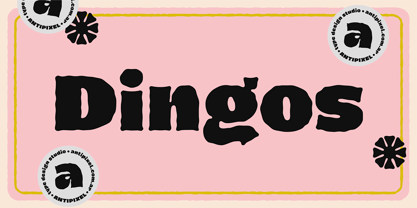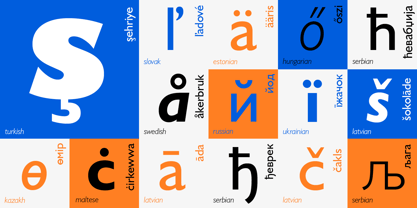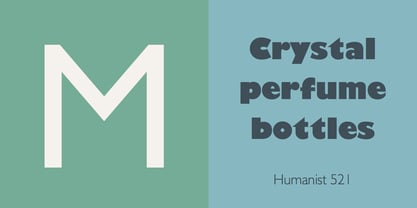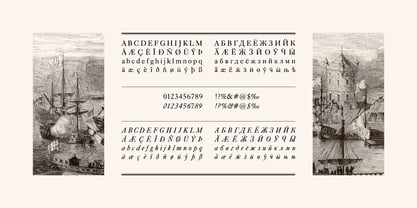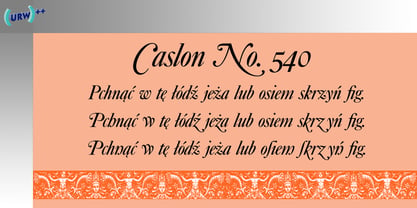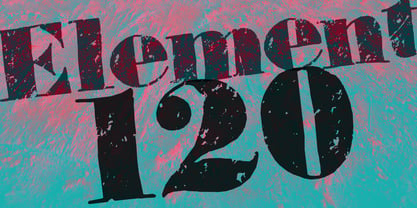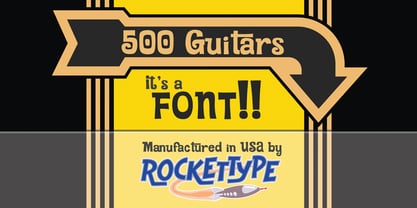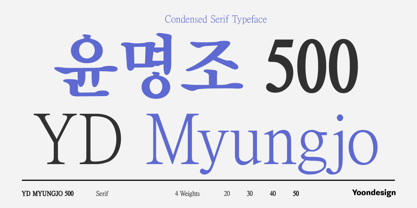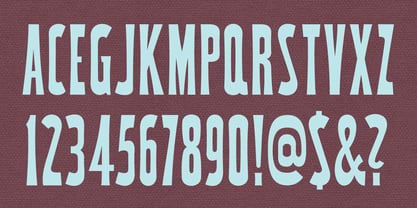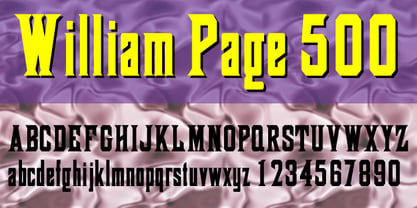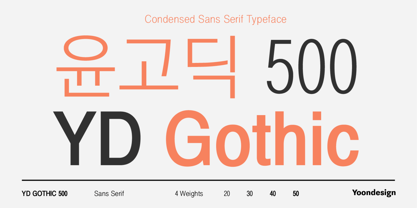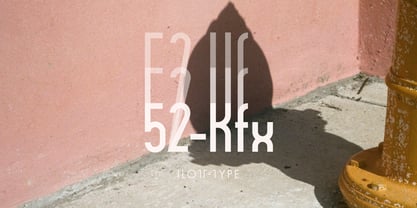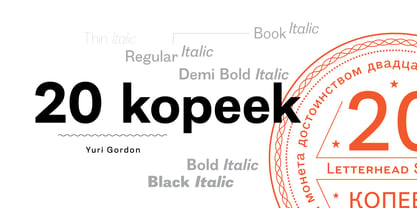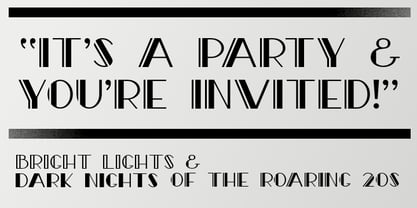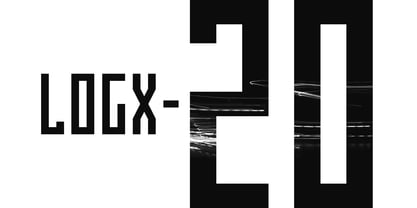2,069 search results
(0.028 seconds)
- Diego - Unknown license
- Dingos by Antipixel,
$18.00 - Diago by T-26,
$19.00 - Impossible - 500 - Unknown license
- Caslon #540 by ITC,
$29.00 - Humanist 521 by ParaType,
$30.00 - Humanist 521 by Bitstream,
$29.99 - Freehand 521 by Tilde,
$39.75 - Caslon 540 by ParaType,
$30.00 - Caslon #540 by Linotype,
$29.99 - Caslon 540 by URW Type Foundry,
$89.99 - Gothic 720 by Bitstream,
$29.99 - Caslon 540 by Bitstream,
$29.99 - Transitional 521 by Bitstream,
$29.99 - Freehand 521 by Bitstream,
$29.99 - Element 120 by Hanoded,
$15.00 - 500 Guitars by Rocket Type,
$14.00 - YD Myungjo 500 by Yoon Design,
$400.00 - MPI No. 510 by mpressInteractive,
$5.00 - Caslon 540 EF by Elsner+Flake,
$35.00 - William Page 500 by Wooden Type Fonts,
$15.00 - YD Gothic 500 by Yoon Design,
$400.00 - Fabulous 50s - Unknown license
- 20 db - Personal use only
- 52-Kfx by ILOTT-TYPE,
$49.00 - 20 Kopeek by Letterhead Studio-YG,
$35.00 - Roaring 20s by Thomas Käding,
$5.00 - Logx 20 by Fontsphere,
$12.00 - Zone 52 by Haiku Monkey,
$10.00 - Nabataean 50 by Archaica,
$30.00 - SF Diego Sans - Unknown license
- SF Diego Sans - Unknown license
- SF Diego Sans Condensed - Unknown license
- SF Diego Sans Outline - Unknown license
- SF Diego Sans Outline - Unknown license
- SF Diego Sans Condensed - Unknown license
- SF Diego Sans Shaded - Unknown license
- SF Diego Sans Shaded - Unknown license
- Plastic No.20 - 100% free
- Modern No. 20 by Bitstream,
$29.99
Page 1 of 52Next page

